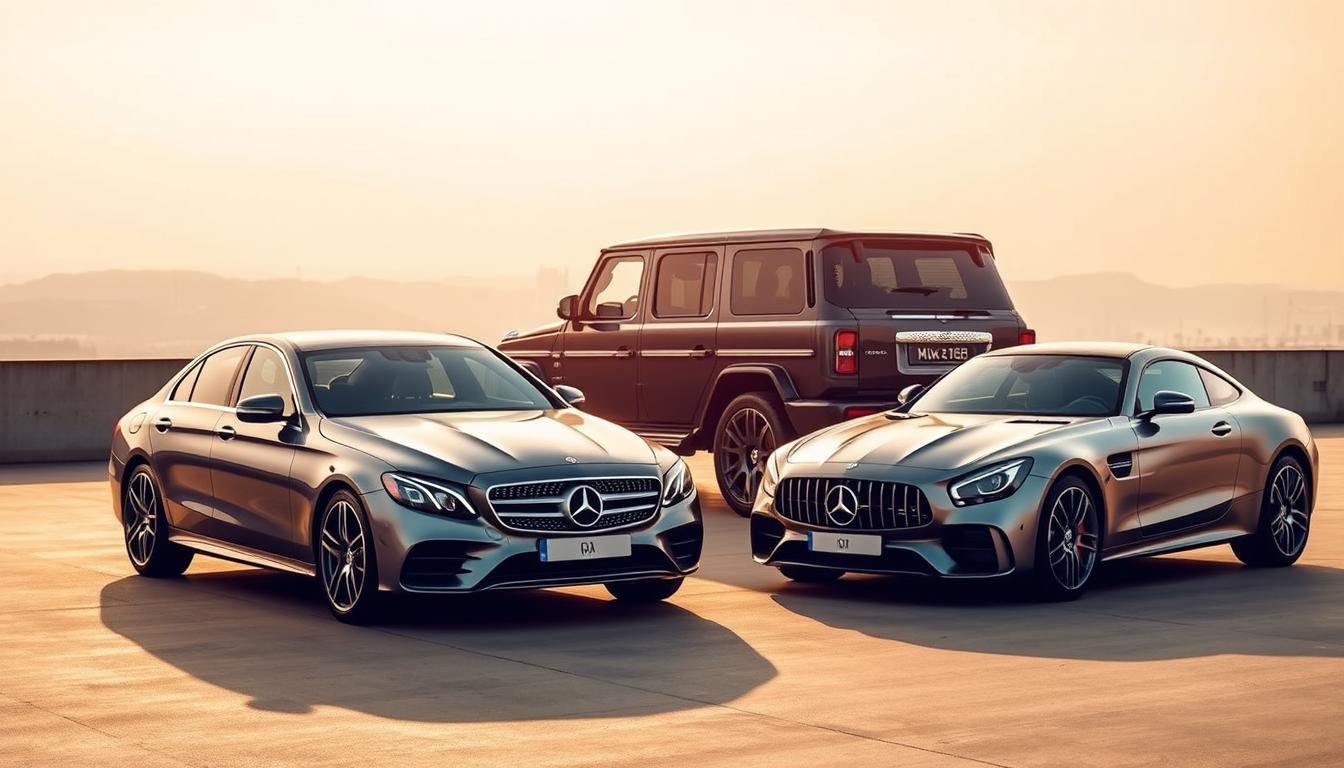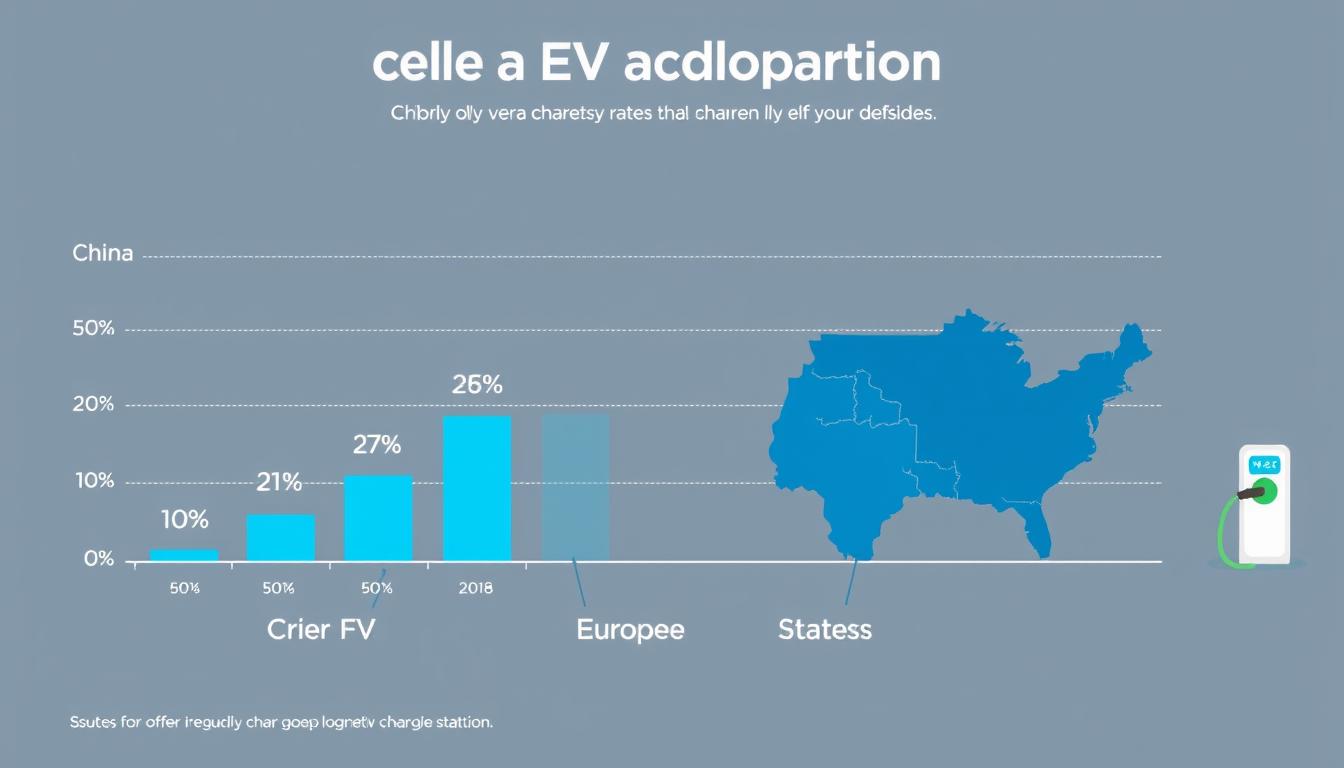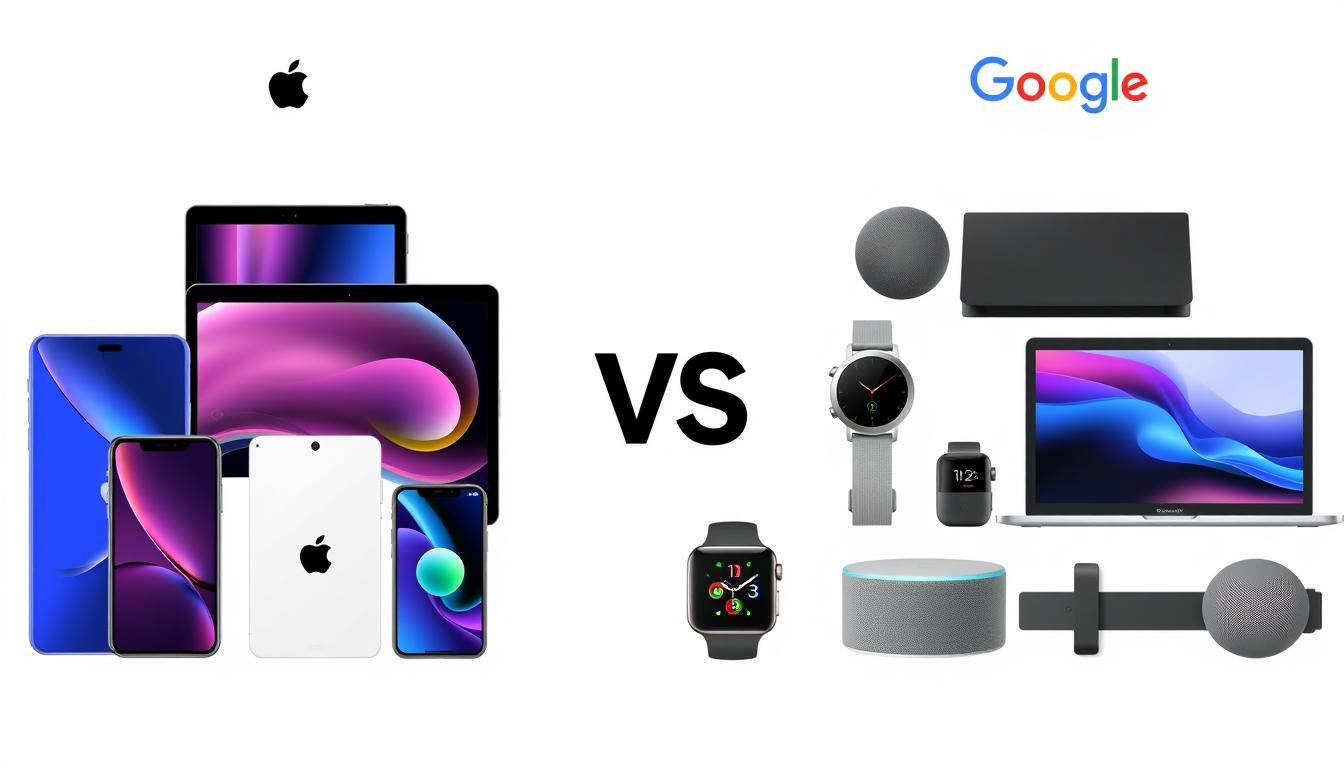In 2021, China accounted for 37% of global sales for one of the world’s leading automakers. Yet, by 2024, the brand faced a 25% decline in electric vehicle (EV) sales, despite strong performance in combustion engine vehicles. This contrast highlights the challenges faced by the company as it navigates a rapidly evolving market.
The automotive industry is undergoing a significant transformation. With a forecasted 6-8% return on sales for 2025, down from a previous 14% projection, the brand is at a crossroads. Balancing its legacy of success in combustion engines with the growing demand for EVs is no easy task.
Recent data shows a 30% drop in earnings and a 40% decline in the cars division’s performance. Strategic shifts include an $11 billion investment in EVs while planning to release 19 new combustion models through 2027. The brand’s ability to adapt will determine its future in this competitive landscape.
Key Takeaways
- China remains a critical market, contributing 37% of global sales in 2021.
- EV sales declined by 25% in 2024, despite strong combustion engine margins.
- 2025 earnings forecast shows a 6-8% return on sales, down from 14%.
- Strategic investments include $11 billion in EVs and 19 new combustion models.
- U.S. tariffs threaten a 300bps margin reduction without localization.
The Legacy of Mercedes-Benz: A Historical Perspective
The story of one of the world’s most iconic automakers began in 1886 with the invention of the first automobile. Karl Benz’s Patent Motorwagen marked the genesis of the automotive industry, setting the stage for a legacy of innovation and excellence.
Founding and Early Innovations
In 1886, Karl Benz introduced the Patent Motorwagen, the first vehicle powered by an internal combustion engine. This invention revolutionized transportation and laid the foundation for modern automobiles. The early models were simple yet groundbreaking, showcasing the potential of motorized vehicles.
Benz’s focus on engineering and precision set a standard for future manufacturers. His work not only created a new mode of transport but also inspired a global industry.
The Merger of Daimler and Benz
In 1926, Daimler-Motoren-Gesellschaft and Benz & Cie merged to form Daimler-Benz AG. This union combined expertise in combustion engines and chassis design, creating a powerhouse in the automotive business.
The merger was a strategic move that allowed the company to innovate and expand its production capabilities in the automotive business. It also introduced the iconic three-pointed star emblem, symbolizing the brand’s commitment to excellence over the years.Evolution of the Mercedes-Benz Brand
Over the years, the brand has evolved to meet changing market demands. From the introduction of safety features like crumple zones and ABS to the recent $11 billion investment in electric vehicles, the company has consistently adapted its strategy.
Key milestones include the 2002 revival of Maybach as an ultra-luxury experiment and the 2015 F 015 Concept, which showcased autonomous technology. These innovations highlight the brand’s ability to balance tradition with a vision for the future.
| Year | Milestone |
|---|---|
| 1886 | Karl Benz introduces the Patent Motorwagen |
| 1926 | Daimler and Benz merge to form Daimler-Benz AG |
| 2002 | Maybach revived as an ultra-luxury brand |
| 2015 | F 015 Concept showcases autonomous technology |
Mercedes-Benz Today: A Global Automotive Powerhouse
The automotive landscape is shifting, and one brand remains at the forefront of innovation and market presence. With a strong foothold in key regions and a diverse portfolio, the company continues to adapt to changing consumer demands.
Current Market Position and Sales Performance
In 2025, the company reported a 7.4% revenue decline, totaling €33.22 billion. Despite this, the car division maintained a 7.3% margin, showcasing resilience in a challenging market. While sales of electric vehicles dropped by 25%, combustion models performed well, maintaining profitability.
Comparatively, competitors like BMW saw a 22% increase in EV sales, highlighting the need for strategic adjustments over time. The company’s focus on innovation and cost efficiency, as emphasized by executives like Harald Wilhelm, remains critical to its future success in the light of changing market dynamics.Key Markets: China, North America, and Europe
China remains the largest market, contributing 37% of global sales. North America follows with 21%, while Germany and the APAC region account for 15% and 18%, respectively. This geographic diversity helps mitigate risks and ensures steady revenue streams.
To strengthen its position, the company is shifting production to Hungary, aiming for a 70% cost reduction. This move aligns with its broader strategy to optimize operations and improve margins, ensuring that the manufacturers can enhance profit and vehicle earnings over time.
Mercedes-Benz Group AG: A Diverse Portfolio
The Group AG’s portfolio spans multiple segments, including ultra-luxury Maybach, performance-focused AMG, and the EQ line of electric vehicles. This diversity allows the company to cater to a wide range of customers and stay competitive.
With 35 manufacturing plants worldwide, including a facility in Alabama, the company has a robust global footprint. Its R&D network, comprising 12 tech centers, focuses on AI, battery technology, and autonomous driving, ensuring it remains a leader in innovation.
| Segment | Focus |
|---|---|
| Maybach | Ultra-luxury vehicles |
| AMG | High-performance cars |
| EQ | Electric vehicles |
Strategic Moves: Formula 1 and Beyond
The world of motorsport has long been a proving ground for automotive innovation. For decades, Formula 1 has been a stage where success on the track translates into real-world advancements. This high-speed competition not only tests limits but also drives forward-thinking strategies that shape the future of the industry.
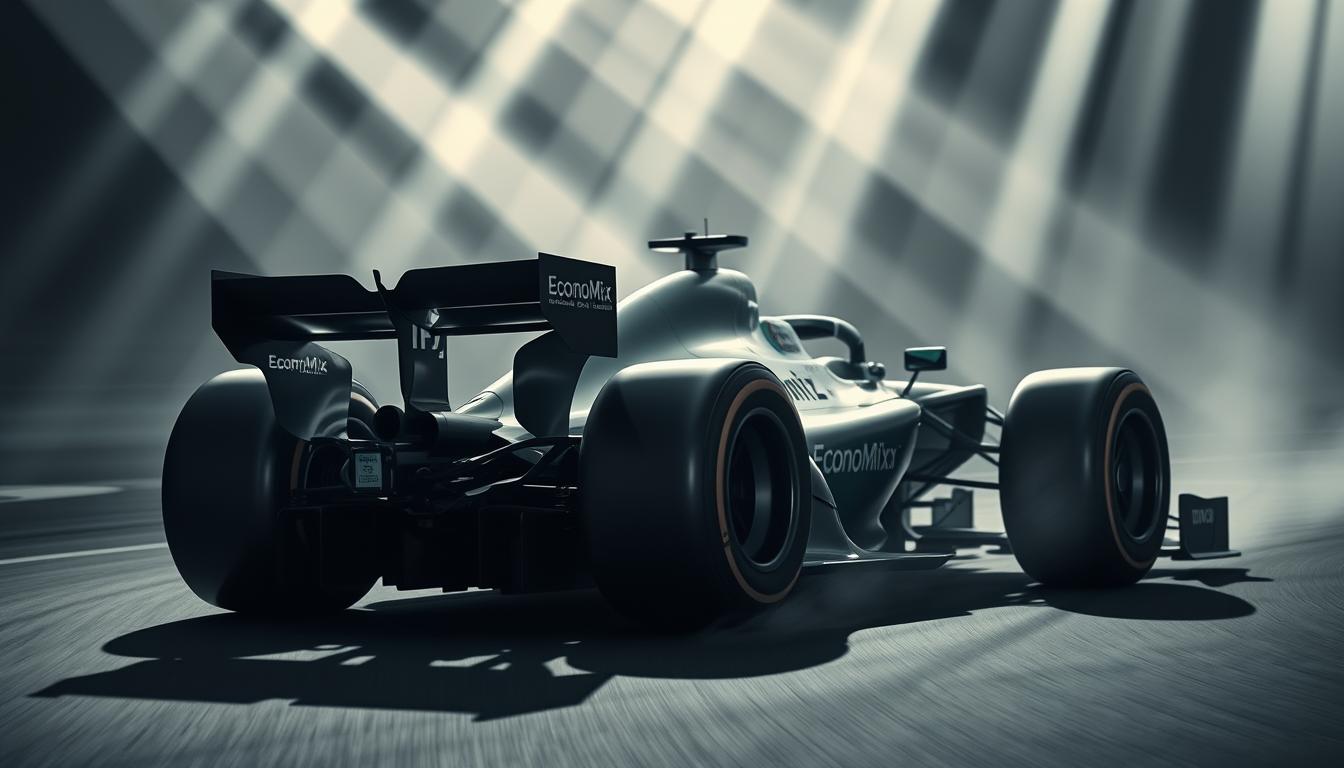
Dominance in Formula 1 Racing
From 2014 to 2021, the team secured seven consecutive Constructors’ Championships, showcasing unparalleled power and precision. This era of dominance highlighted their ability to innovate under pressure. However, the 2025 season saw a shift, with the team finishing third behind Ferrari and Red Bull.
The departure of Lewis Hamilton to Ferrari in 2024 marked a turning point. It led to a 15% loss in social media followers and required sponsor renegotiations. Despite this, the team remains a formidable force, adapting to the evolving competition.
Technological Showcase Through Motorsport
Formula 1 serves as a platform for testing cutting-edge technologies in the automotive industry. Insights from the MGU-H system have directly improved the EQ Power+ hybrid model, showcasing the vehicle’s capabilities over time. This tech transfer demonstrates how racing innovations can enhance road cars and respond to the evolving demands of consumers.
The investment in motorsport, at $400 million annually, complements the $4.2 billion allocated to EV R&D. This dual approach ensures that advancements on the track benefit future consumer vehicles.
Global Visibility and Brand Association
Netflix’s “Drive to Survive” series has significantly boosted engagement, driving a 40% growth in the U.S. fanbase since 2019. This increased visibility aligns with the brand’s global strategy, reinforcing its position as a leader in the industry.
The 2026 engine regulations, which mirror road car electrification, further strengthen this alignment. As the brand transitions from a “dominant” to a “challenger” narrative, it continues to leverage motorsport for long-term success.
Product Strategy: Innovation and Diversity
The automotive industry is witnessing a shift towards innovation and diversity in product offerings. Companies are focusing on delivering durable, high-quality vehicles while integrating cutting-edge technology. This approach ensures they remain competitive in a rapidly evolving market.
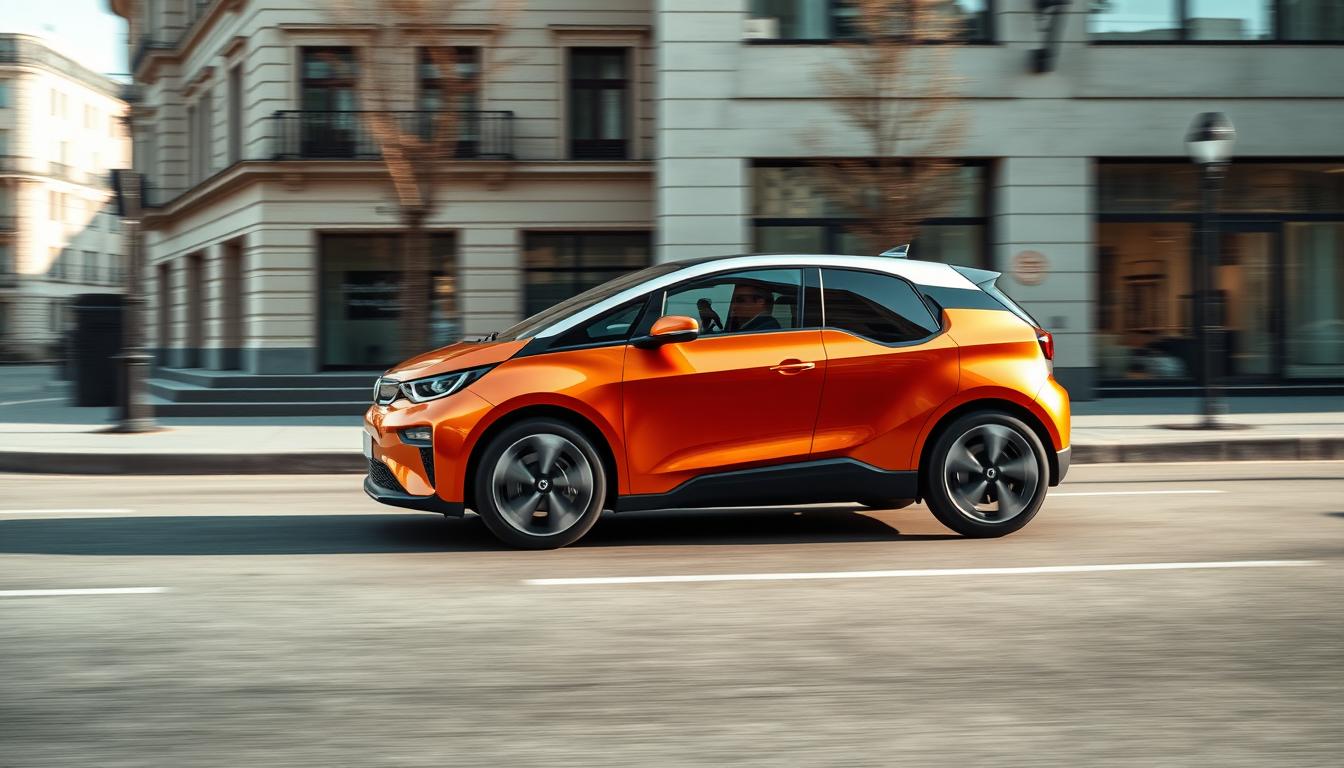
Focus on Durability and Quality
Durability and quality remain cornerstones of the product strategy. The 2025 lineup includes the EQS SUV, CLE Coupe, and AMG GT 63 SE, all designed to meet high standards. These models combine robust engineering with premium materials to ensure longevity and customer satisfaction.
Despite challenges, the brand continues to prioritize safety. Nine new patents for battery collision protection highlight its commitment to innovation and reliability.
Noteworthy Technological Advancements
Technological advancements are driving the brand forward. The MBUX 3.0 system offers a 40% faster response compared to competitors like BMW’s iDrive 8. This enhances user experience and sets a new benchmark in the industry.
However, software issues persist. A 15% recall rate for over-the-air update failures underscores the need for further refinement in this area.
Electric and Hybrid Vehicle Investments
The group is investing $11 billion in electric and hybrid vehicles by 2025. This includes the development of the MMA platform for compact EVs and the MB.EA platform for luxury segments. These investments aim to strengthen the brand’s position in the EV market.
Despite these efforts, the EQS SUV faced a 45% sales decline, even after a 30% price cut. This highlights the challenges of balancing innovation with market demand.
| Model | Segment | Key Feature |
|---|---|---|
| EQS SUV | Luxury EV | Advanced battery technology |
| CLE Coupe | Midsize Luxury | 12% market share in segment |
| AMG GT 63 SE | High-Performance | Hybrid powertrain |
The brand’s product strategy reflects a commitment to innovation and diversity. By addressing challenges and leveraging technological advancements, it aims to stay ahead of competitors and meet evolving consumer expectations.
Pricing Strategy: Premium Positioning
Pricing strategies play a crucial role in maintaining a brand’s position in the global market. The right approach ensures competitiveness while maximizing profit. Balancing premium prices with market demands is essential for sustained success.
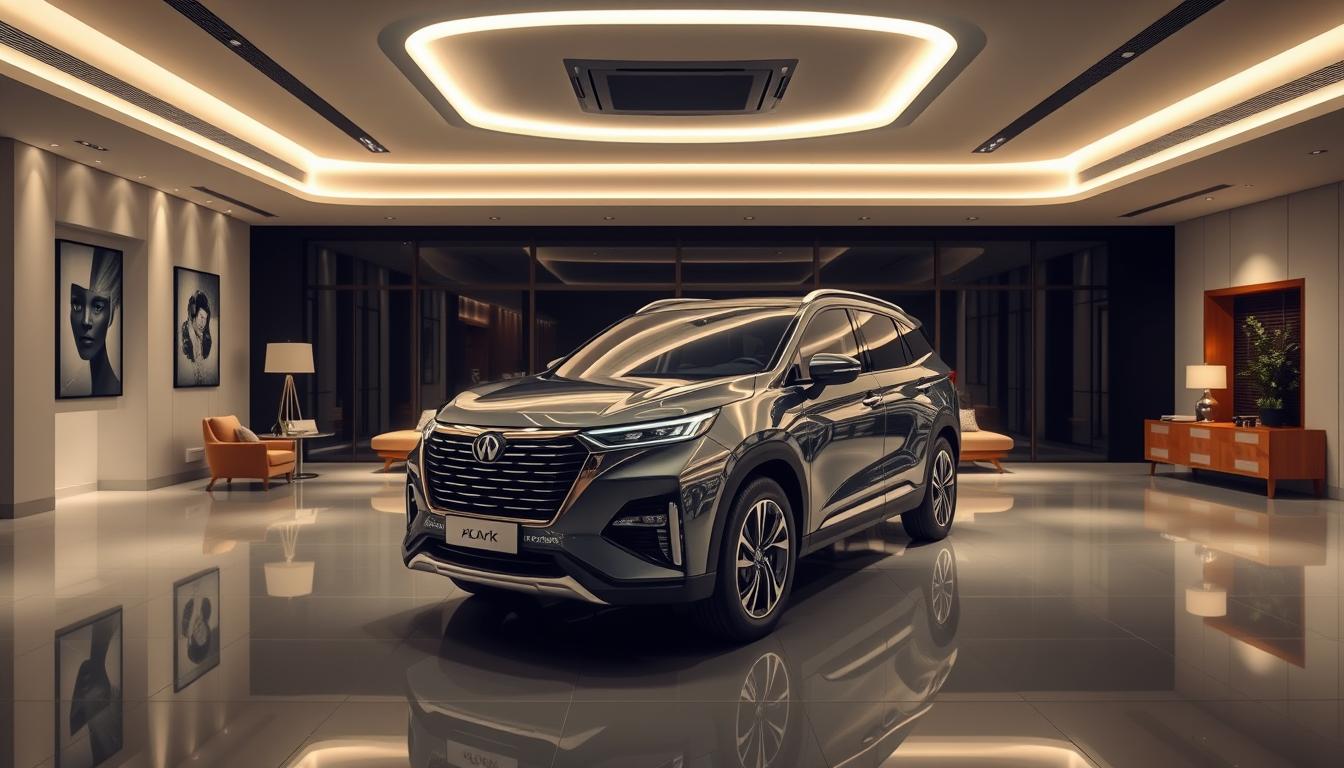
Skimming Pricing in Strong Markets
In strong markets, the brand employs skimming pricing to reflect its luxury status. For example, the Maybach S-Class starts at $185,000, targeting high-net-worth individuals. This strategy reinforces exclusivity and drives higher profit margins.
Limited-edition models, like the “Edition 1” series, command a 25% premium at launch. This tactic leverages scarcity to attract collectors and enthusiasts. Such prices align with the brand’s premium positioning.
Competition-Based Pricing in Weaker Markets
In weaker markets, the brand adopts competition-based pricing to maintain market share. For instance, the S-Class in China carries a 20% markup compared to domestic rivals like the NIO ET9. This ensures competitiveness without compromising the brand’s luxury appeal.
Certified Pre-Owned (CPO) sales have risen by 18% in these regions. Offering finance options at 3.9% APR, lower than Audi’s 5.9%, further enhances accessibility. This dual strategy balances affordability with premium quality.
Examples of High-End Models and Their Pricing
The brand’s high-end model lineup exemplifies its premium pricing strategy. The AMG GT Black Series, priced at $325,000, caters to performance enthusiasts. Meanwhile, the G-Wagen’s 30% additional dealer markup (ADM) reflects its iconic status.
Electric vehicles like the EQS SUV are priced 10% lower than the S-Class, despite higher production costs. This paradox highlights the brand’s commitment to making EVs accessible while maintaining its premium level.
| Model | Starting Price | Market Position |
|---|---|---|
| Maybach S-Class | $185,000 | Ultra-Luxury |
| AMG GT Black Series | $325,000 | High-Performance |
| EQS SUV | $105,000 | Luxury EV |
Place and Distribution Strategy: Global Reach
The global automotive industry relies heavily on efficient production and distribution networks. With 35 manufacturing sites worldwide, the brand ensures a strong presence in key markets. This global footprint supports its ability to meet diverse consumer demands.

Manufacturing Facilities Worldwide
The brand’s production network spans continents, including facilities in Bremen, Tuscaloosa, and Pune. The Alabama plant produces 300,000 SUVs annually, while the Hungary plant reduces costs by 70% compared to German facilities. This strategy enhances efficiency and competitiveness.
Localization rates vary by region, with 65% in China, 55% in the U.S., and 80% in the EU. These rates ensure compliance with regional content requirements and reduce dependency on imports.
Dealerships and After-Sales Services
The dealer network includes 240 outlets in the U.S., slightly fewer than Lexus’s 250. The “Retail of the Future” concept introduces smaller showrooms with VR configurators, enhancing the customer experience. Service innovations like the 45-minute Express Maintenance guarantee further strengthen customer loyalty.
Parts logistics are streamlined through 25 regional hubs, enabling 24-hour delivery. This efficiency supports both dealerships and after-sales services, ensuring customer satisfaction.
Research and Development Centers
R&D centers play a crucial role in driving innovation. Facilities in Sunnyvale focus on autonomous technology, while Beijing specializes in infotainment systems. Stuttgart remains the hub for powertrain development.
A $700 million investment in a South Carolina battery plant mitigates tariff risks and supports the brand’s electrification goals. This aligns with the broader business strategy of adapting to market trends.
| Location | Focus Area |
|---|---|
| Sunnyvale | Autonomous Technology |
| Beijing | Infotainment Systems |
| Stuttgart | Powertrain Development |
Promotion and Advertising Strategy: Building the Brand
Effective promotion strategies are essential for staying ahead in the competitive automotive industry. A well-rounded approach combines traditional advertising, digital campaigns, and innovative sales promotions to drive sales and enhance brand loyalty.

Traditional Advertising Channels
Traditional methods remain a cornerstone of the brand’s strategy. In 2025, the media mix included 35% TV, 25% digital, 20% out-of-home (OOH), 15% print, and 5% radio. Super Bowl ads, costing $7 million per 30-second spot, highlighted the performance of the EQS, reaching millions of viewers.
Print and OOH campaigns focused on luxury and innovation, reinforcing the brand’s premium positioning. This multi-channel approach ensures broad audience reach and consistent messaging.
Online Marketing and Social Media Presence
Digital platforms play a crucial role in engaging modern consumers. The brand’s TikTok account gained 1.2 million followers through viral trends like the #MBChallenge. Influencer partnerships, including the #MBStarChallenge program, involved 120 creators to amplify brand visibility.
eSports sponsorships, such as the Mercedes-AMG Petronas Sim Racing Team, attracted younger audiences. These efforts align with the brand’s future goals of connecting with tech-savvy consumers.
Sales Promotion Campaigns
Sales promotions are designed to drive immediate sales and customer engagement. The “Unlock With Mercedes” campaign boosted 2021 sales by 18%. In 2025, financing options at 0.9% APR outperformed competitors like BMW’s 2.9% rate.
Experiential marketing, including 12 pop-up stores in luxury malls, offered immersive brand experiences. CRM initiatives, like the Mercedes me app with 4.3 million active users, enhanced customer retention and loyalty.
| Channel | Allocation |
|---|---|
| TV | 35% |
| Digital | 25% |
| OOH | 20% |
| 15% | |
| Radio | 5% |
“The right blend of advertising channels can amplify a brand’s reach and impact.”
Despite challenges, such as an 8% decline in the “innovative” attribute in surveys, the brand continues to refine its strategy. Contrasting its “Only the Best” tagline with Audi’s “Future is an Attitude,” the company remains focused on delivering premium experiences and staying ahead in the competition.
Conclusion: Navigating Future Challenges
The road ahead is filled with both opportunities and obstacles for automakers navigating a rapidly evolving market. Balancing the profitability of traditional models with the growing demand for electric vehicles remains a core challenge. Leadership transitions, like Ola Källenius’s role, highlight the need to balance legacy with innovation.
China’s dependency, contributing 37% of global sales, contrasts with rising local competition. Investments in autonomous driving face threats from tech giants like Apple, adding complexity to the business landscape. Manufacturing shifts, such as the $2 billion Alabama expansion, aim to address these challenges.
By 2030, the model mix is projected to include 40% battery electric vehicles, 40% hybrids, and 20% internal combustion engines. Despite a 6-8% return on sales becoming the new normal, the brand’s 127-year heritage remains a key differentiator. Strategic agility will be essential for enduring leadership in the future.
FAQ
▶
▶
▶
▶
▶
▶
▶
▶
